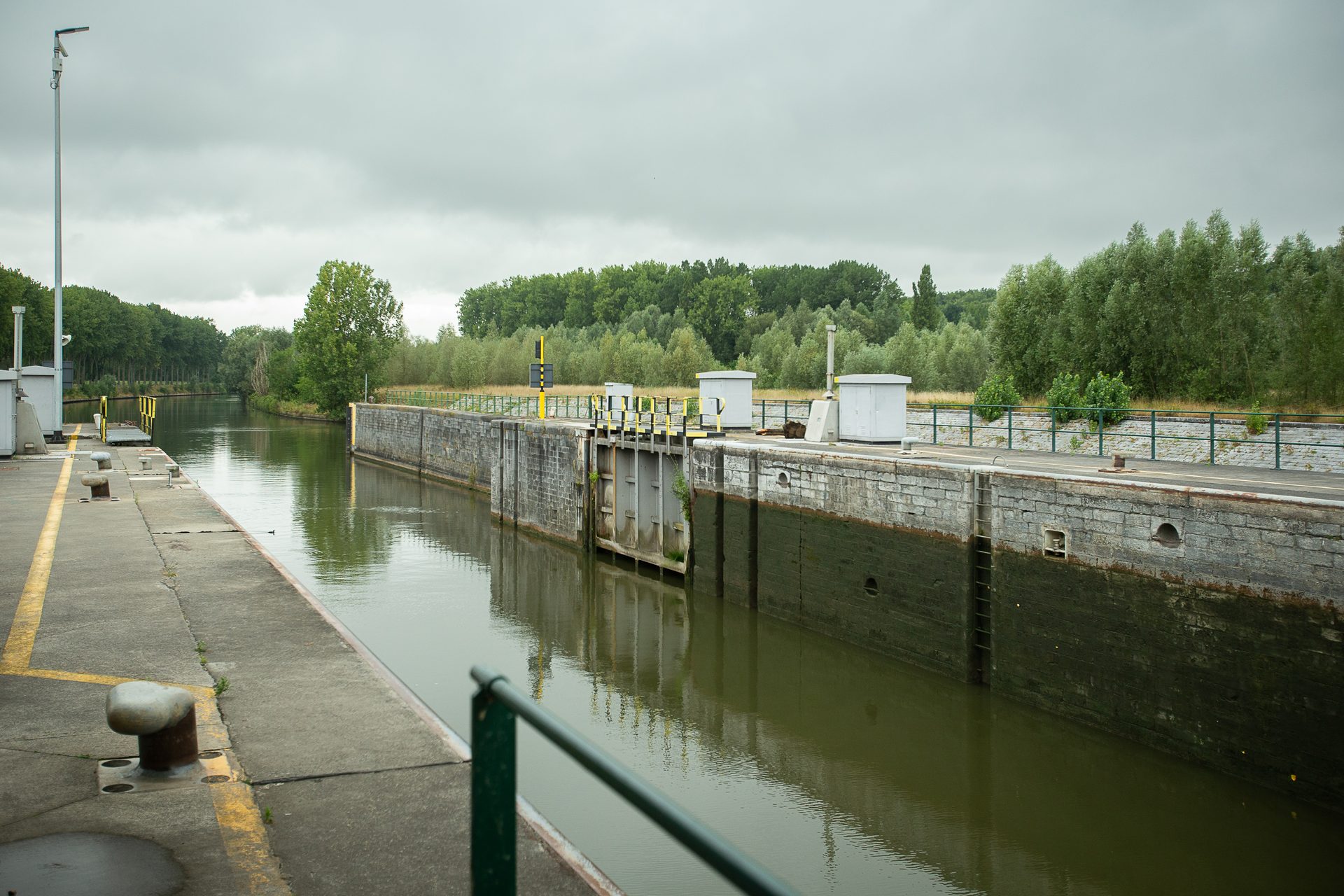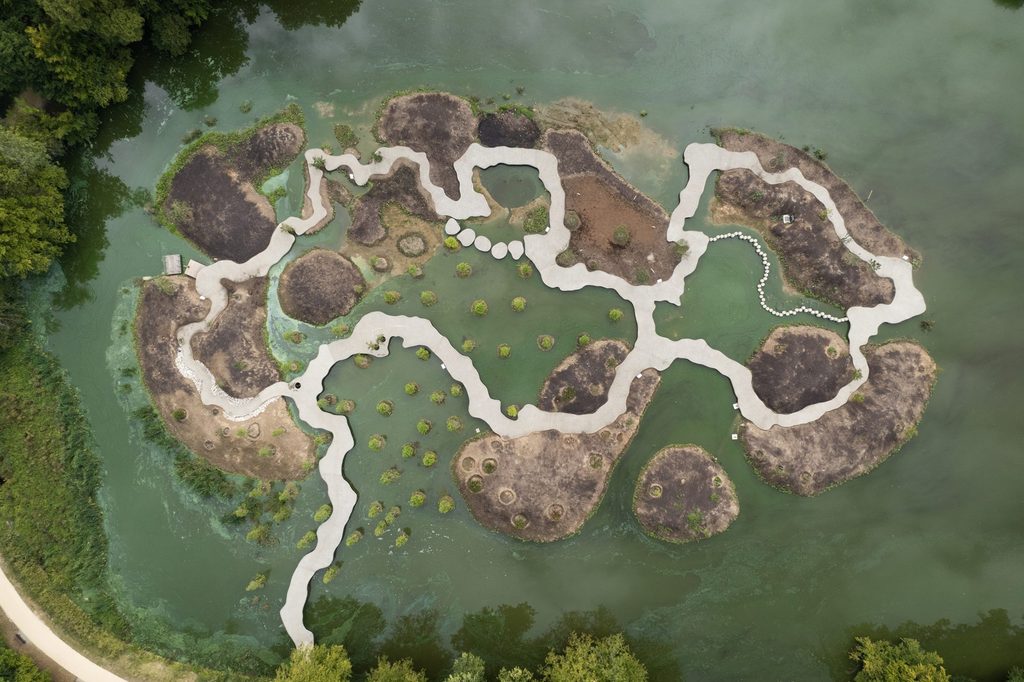While the cold, rainy weather did little good for those hoping to enjoy a Belgian summer, the environmental benefits have been significant, with groundwater levels rising and record values for soil saturation.
Belgium last year recorded its second-driest spring ever; this was succeeded by a continued lack of precipitation and a bone-dry July. By August 2022, low or very low groundwater levels were recorded at the majority (79%) of monitoring sites. The situation now is completely reversed.
The Flemish Environment Agency (VMM) reported on Wednesday that as a result of significantly more rain falling and lower-than-usual temperatures, groundwater levels are rising across the region with 79% of monitoring sites recording normal, high or very high groundwater levels.
"A month ago, 43% of monitoring sites were still experiencing low to very low groundwater levels. So that number has halved thanks to the wet July month," VMM noted in its report.

Waterways in Flanders are markedly higher than last summer. Credit: Belga/ James Arthur Gekiere
It also recorded historically high values of soil saturation. Meanwhile, the flows of unnavigable watercourses increased by 200% compared to a month ago. "The rain and fresher temperatures of July have positive effects on nature," VMM noted.
The long-term water deficit
In September 2022, Flanders reached historically low water levels in terms of water levels. Only in February did the situation start to improve, with a wet March and April bringing levels out of the red zone.
But April also marks the start of the hydrological summer, bringing with it fears that the drought of 2022 would re-emerge. These fears were accentuated in June when temperatures regularly surpassed 30°C.
While the unusually wet and gloomy July has averted a critical situation, levels can vary quickly, as the graph below shows.

The absolute state of phreatic groundwater levels compared to the average of 30 years. The dark brown colour refers to very low levels while dark blue indicates very high groundwater levels. Credit: VMM
In recent years the structural backlog of rainfall is about six months, meaning it would require twice the average rainfall for a period of at least half a year to restore the water balance to average values.
The rain in July has gone some way to address the pre-existing structural deficit, but if Flanders experiences a longer dry spell again, the levels could rapidly drop again, VMM warned. Flemish Environment Minister Zuhal Demir echoed this note of caution in stating that "there will still be many summers in which we cannot count on precipitation."
Demir stressed the importance of further preparing the region's resilience to droughts, mainly by implementing and scaling up the Blue Deal, Flanders' programme to combat drought and water scarcity.

